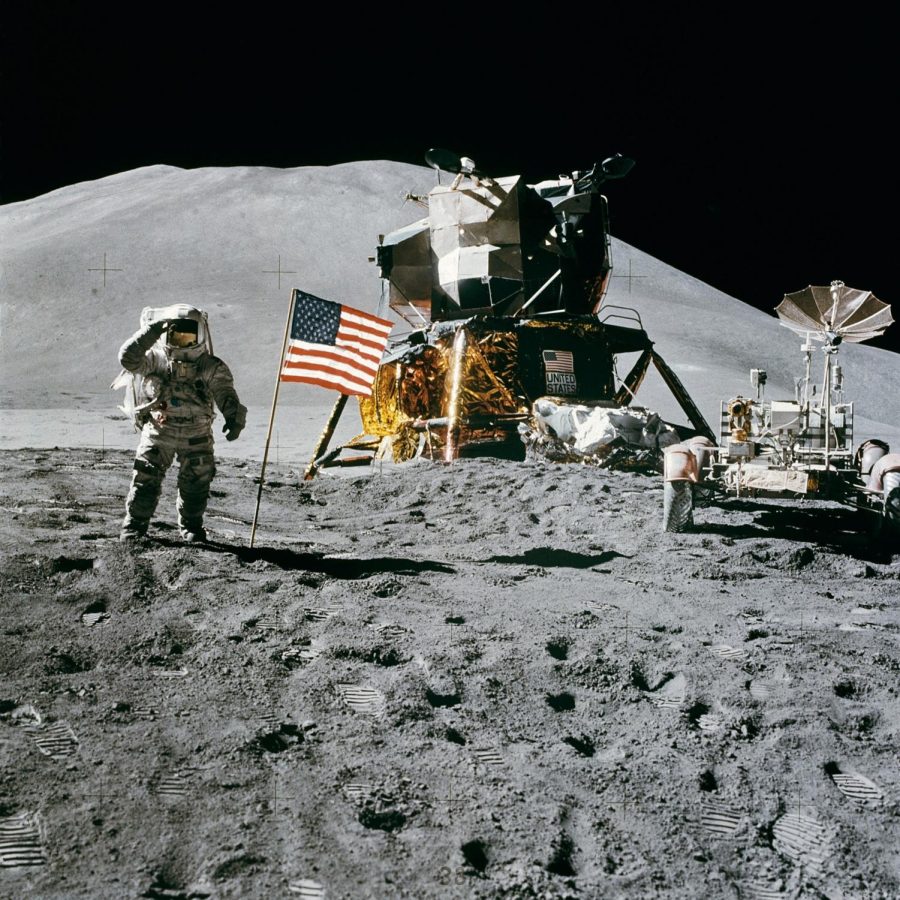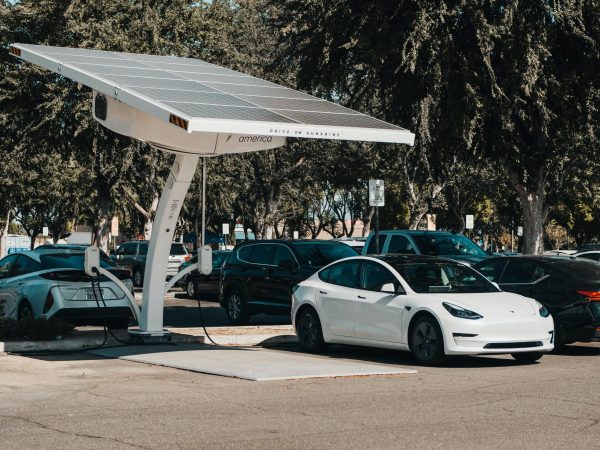NASA Artemis 1 postponed due to Hurricane Ian
On Tuesday, September 27th, Nasa announced that they were rolling the SLS rocket back to the Mammoth Vehicle Assembly Building at Kennedy Space Center on Merritt Island, Florida.
The rocket has been sitting on the launch pad for the last month, with multiple launch attempts being thwarted by technical difficulties and faulty parts. NASA was planning on a new date of September 27th, but mother nature had other plans as hurricane Ian rapidly grew into a category 4 hurricane off the west coast of Florida. This newest delay is expected to push the launch back until late November at the earliest.
The towering rocket stands at 212 feet tall and is NASA’s first attempt at landing on the moon since the Apollo missions in the 60s and 70s. This launch, which is still planned for this year but may be pushed back further depending on the condition of the rocket, is the first of three planned launches. While the first mission will be an unmanned launch, the second will put people in the Orion spacecraft to go around the moon with the third finally putting Americans on the moon for the first time since 1972.
The SLS rocket has been a long time coming for NASA engineers. The original concept began in 2004 but has had many changes and budget modifications throughout the years. The rocket started its life as the Ares one rocket but was changed into the SLS vehicle we know today when congress mandated it in 2011. The rocket was supposed to be able to fly by 2016, which now means the project is over 5 years behind schedule. The budget of the rocket has also grown far beyond its original limits hitting over 50 billion dollars and 4 billion for every launch.
But all this cost and time does have a reward. The SLS launch system is the most powerful rocket ever designed by NASA and is going to be their first space fairing vehicle since the last shuttle launch in 2011. The rocket is all American-made (no wonder it’s so expensive) and removes NASA’s reliance on countries such as Russia to launch its astronauts into orbit. Along with NASA’s recent launch of the James Webb space telescope and Dart missions, the SLS rocket marks the resurgence of NASA into the global space launch community and finally gives the USA a capable heavy lift rocket on home soil. Just a few more short months to wait until we finally get to see the massive SLS blast off.










